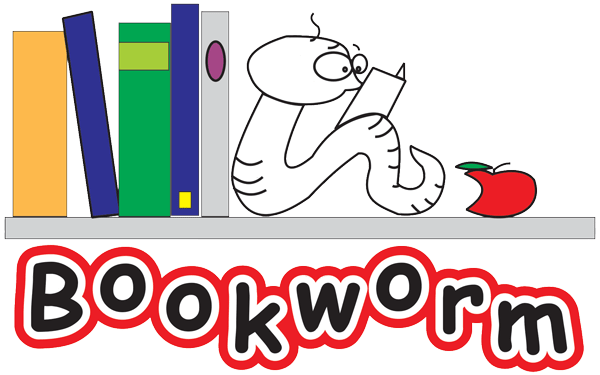Written by Deepali
Language learning has many dimensions and reading and writing are parts of this formal learning process. In our LiS program we build on students listening comprehension through story read alouds that include active talk and discussion and then writing and representation.
A lot of planning and discussion goes into preparing a Lesson Plan and the follow up activity. It has to be such that a child is encouraged to think independently about the story connection and put his thoughts on paper. We do offer support in the form of spellings but the core content belongs to the child. We recognize that being able to represent ideas and understanding in writing is an important part of being literate and we attempt to provide children with this opportunity.
But many a times, in a class which has a population of approximately 40-45 children, we are unable to provide spellings support to many children. What we find however is that children do not have any strategy to attempt invented spellings and practically no phonological awareness or phonic skills to aid independent writing. So, students need to rely on memory and often for free writing, new words, new experiences need to be shared that are not in their store house. So ask they must and sometimes, copy they must, despite our best attempts at reaching out to every child.
Goodman, Smith, Meredith, and Goodman (1987) say that in language development, “[t]here is an almost explosive force from within the children that propels them to express themselves, and at the same time there is a strong need to communicate that pushes the direction of growth and development toward the family and community. . . . The language is generated by the child, but it is changed in transactions with others by their responses”(p. 34). As young literacy learners transact with written texts during reading and composing, the same dynamic tension exists between their personal constructions of liter- acy inventions and social conventions.
We are strongly guided by theoretical understandings of this kind but must also find space within the school system to do the work of a hundred men and keep the story central at all times. For writing, we review every book after every activity quite carefully and during corrections of the activity books, I have noticed some common mistakes that many children make. The most common mistake, a majority of the children make is write a word with a capital letter in the middle and then continue the word with small letters. Many students still write sentences with capital letters. I have also noticed a complete absence of question marks, full stops, commas and apostrophes…which was quite the de rigueur for us in our childhood. Capitals might magically appear in the middle of a sentence and often upper and lower case are totally confused. This has very little to do with any processing difficulties, going by the vast majority that write this way, but every thing to do with poor teaching and instruction. We believe that a rich immersion in print and an engagement with stories will provide many students the concepts of print that they should have acquired by now.
Coming from an old school of learning, I find it very surprising when children actually number each sentence when I ask them to write say, four or five sentences on something. They will correctly number and write five sentences and not one more extra sentence and give the book back to me. Perhaps this too comes from a teaching strategy in other classes that teach children to list their sentences. The negative impact on writing of this kind is that students think up ideas in fragments, limit their thinking to the ‘stated’ amount and do not use the narrative form of writing that is being introduced to them so powerfully through stories.
Despite many structural errors, lack of consistency with form and punctuation, the LiS program provides children with an opportunity to express their ideas in their own words and often when I review books, treasures await me. Here are some fine samples and examples.






